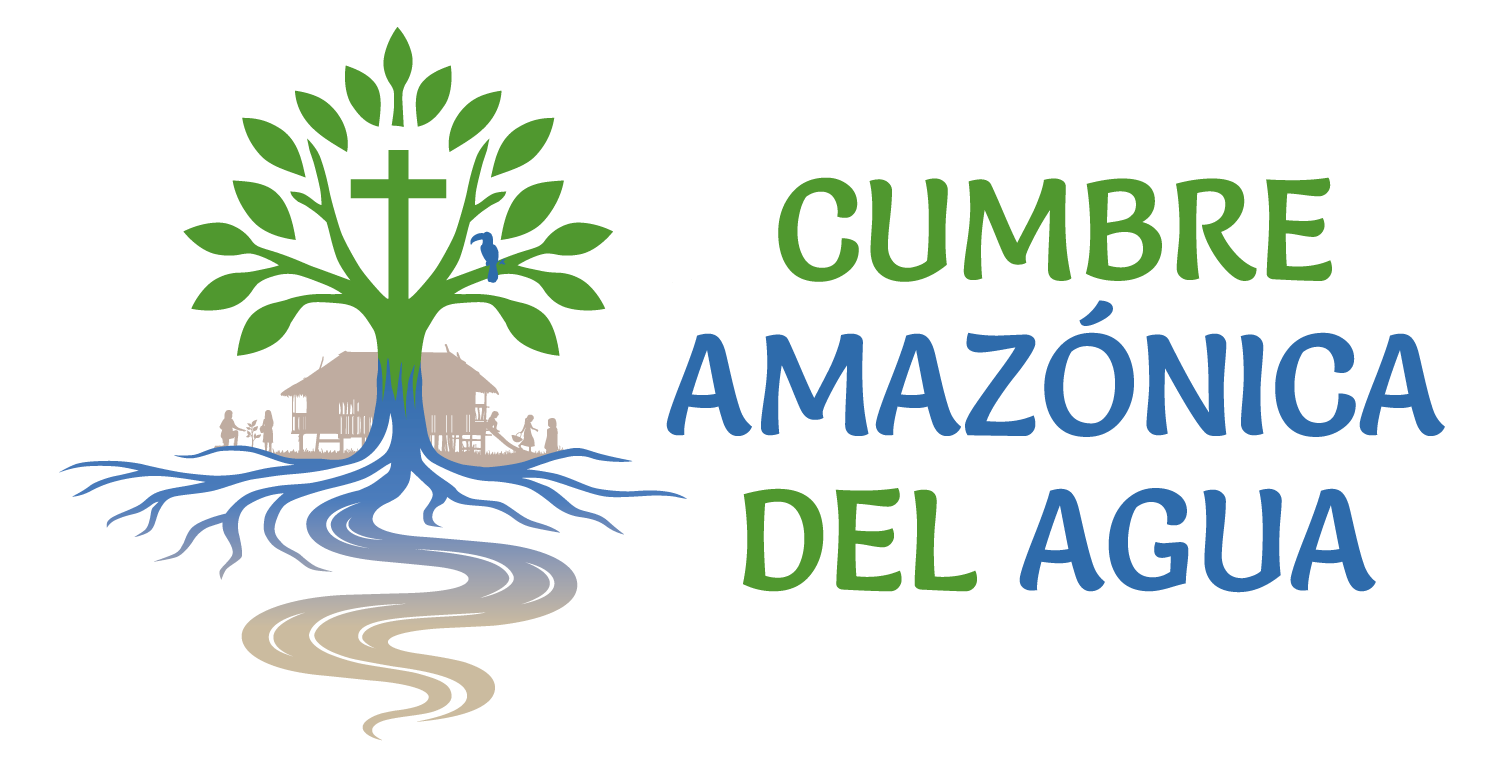Iquitos, the Peruvian region surrounded by water—where 60% of the population does not have access to drinking water, according to the National Institute of Statistics and Informatics (INEI)—will be the epicenter of the Amazon Water Summit, which will take place on October 1, 2, and 3. This event is organized by the Vicariate of Water of the Apostolic Vicariate of Iquitos, with the support of more than ten national and international organizations. The Summit seeks to shed light on the critical water situation in the Amazon, threatened by oil spills, illegal mining, overfishing, the use of chemicals in illegal crops, among other factors, which affect aquatic life, the balance of the Amazonian ecosystem, biodiversity, and food security.
Barbara Fraser, coordinator of the Water Vicariate of the Apostolic Vicariate of Iquitos, points out that almost all Amazonian cities suffer from increasingly frequent and severe droughts and floods, phenomena directly related to climate change. The Amazon, which is home to vast reserves of fresh water, faces growing demand that makes it urgent to protect its water sources from erosion and alarming pollution. Fraser mentions that during the three days of the Summit, various critical issues will be discussed, with an exchange of effective solutions and strategies implemented in different parts of the world.
One example of the current challenges is the growth of illegal economies throughout Latin America, which has become a cross-border problem. A report by Amazon Conservation (ACCA) highlights the growth of illegal mining in the Chinchipe basin (on the border with Ecuador), in the triple border area of Putumayo (with Colombia), and in the Madre de Dios river basin (with Bolivia).
In Peru, illegal gold mining has expanded in nine Amazonian regions, with Loreto, Huánuco, San Martín, Madre de Dios, and Amazonas being the most affected, posing a serious risk to Protected Natural Areas. This situation affects up to 73 communities and more than 200 bodies of water. The lack of state control over this illegal activity has caused river pollution, affecting people’s health, food security, and local agriculture. This is demonstrated by a study analyzing the pollution of the Nanay River: 80% of the people examined have high levels of mercury in their bodies due to the consumption of contaminated water and fish.
This activity has opened up new fronts of deforestation, pollution, and land use change. The incorporation of heavy machinery, engines, and suction pumps has significantly increased its impact on the forests and rivers of the Peruvian Amazon, with the most profound impact being on the hydrological system: “More than 180 bodies of water have been identified with the presence of mining dredges, which constantly alter water systems, increasing suspended sediments, contaminating waters with mercury and arsenic, and modifying river geomorphology. These transformations affect not only water quality and aquatic habitats, but also the connectivity between riparian ecosystems,” the report states.
It is estimated that more than 100,000 hectares of tropical forests have been destroyed in the last 10 years due to illegal mining in the Peruvian Amazon, generating environmental, social, and economic consequences in the Peruvian Amazon biome.
This activity not only causes the loss of forest cover and biodiversity, the destruction of natural resources on which indigenous and riparian communities depend for their livelihoods, but is also closely linked to social and economic problems such as human trafficking, organized crime, land trafficking, and corruption.
The Amazon Water Summit represents a crucial opportunity to reflect on the importance of these water resources and address the measures necessary for their protection. Misinformation and a lack of awareness about the value of the Amazon and its rivers have contributed to indifference towards its conservation. Rivers are the veins of the Amazon, vital for regulating the planet’s climate and biodiversity.
For three days, Iquitos will host environmental activists, academics, indigenous leaders, members of the Catholic Church, and university students from various countries, including Colombia, Ecuador, Bolivia, Brazil, El Salvador, and others.

